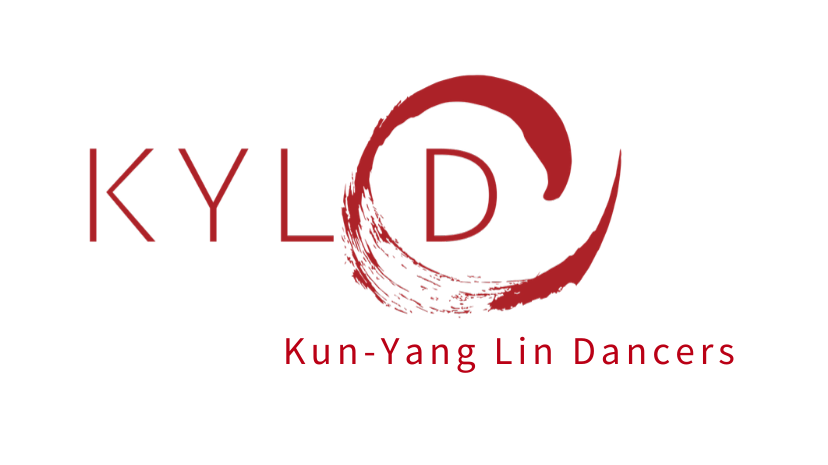What do you most love?
What do you most fear?
From what do you draw your greatest strength?
In rehearsal, after the First Story Circle, Kun-Yang challenged the dance artists to move from these questions posed by Kimerer. Kun-Yang often invites his artists to investigate a question or probe through their own movement vocabulary, as a way of uncovering the “chi” of the work. It is in this way that he draws on the unique qualities of each dancer as an individual. (Learn more about how Kun-Yang selects his dancers, valuing them as individuals within the company collective.) Each dancer has a different perspective on the questions asked by Kimerer and each has a different approach to their understanding of religion, informed, no doubt in part, by their encounters with the community Story Circle participants. Investigating these questions by beginning with the body and movement creates a common language and vocabulary from which further conversations (verbal and physical) can occur.
Kun-Yang reflected on this first rehearsal, telling me that as the Artistic Director, part of his role is to 1) understand how the dancer is approaching these questions based upon their personal experiences, 2) craft the movement language of the individuals into the frame of his vision and initial questions, and 3) find the throughline between his voice, the dancers’ experiences, and the information from the Story Circle in movement. As an artist, I always appreciated that Kun-Yang was interested in my voice (and the voice of the other dancers) as a key component in his composition. He enters into rehearsal with a clear idea, but listens to what the dancers say through their movement, allowing him to see multiple perspectives. Throughout the process, he digests these multiple perspectives and brings them into an alignment to create a cohesive work; I think this is one of the reasons why Kun-Yang’s work speaks to many people as evidenced by the company’s growing and diverse audiences.
I recently attended a rehearsal and observed the company’s investigation. One by one the dancers enter the space. Their movement is percussive. Heavy. Committed. I was mesmerized by the way their gestures vibrated the space like the sound of a gong. One strike with a deep, lasting resonance. They created a wall with their bodies and the simple visual structure, repeated in time and space with the accompaniment of a drum lulled me into a trance-like, meditative state. Kun-Yang’s voice floated into the mix and he guided them through improvisational play, calling on each dancer to step out of the group and explore solo movements inspired by their and community members’ responses to Kimerer’s three questions. He challenged the group to listen and respond to the soloists - highlighting for me that the company’s training in paying attention occurs during Kun-Yang’s technique class on Saturdays, but also very much during the creation and rehearsal process. This was Kun-Yang’s CHI Awareness in practice.
Kun-Yang often uses improvisation as a way to draw-out artists’ intuitive responses in the moment. From the inside, I was often confused in the middle of the process but trusted in the play. As a witness instead of participant during this rehearsal, I was inspired by the awareness that the dancers had of each other, by the trust they had in Kun-Yang’s process and direction, and by their commitment to their movement. I was again reminded by the ways that art reflects life, and, particularly in this moment, the ways that dance reflects faith.
Readers, has there been a time when you’ve felt a bit lost but let go and trusted the process? When? Send me an email at Jessica@kyld.org and share your story.
~ Jessica Warchal-King
(NOTE: To make a comment on this blog, you do not need to make an account- just click "Comment(s)" in bottom left hand corner, write your comment in the comment box that appears, click "Post Comment..." then type in your first and last name and click "Comment as Guest")
Major support for the Faith project has been provided by The Pew Center for Arts & Heritage, with additional support from the National Endowment for the Arts.




